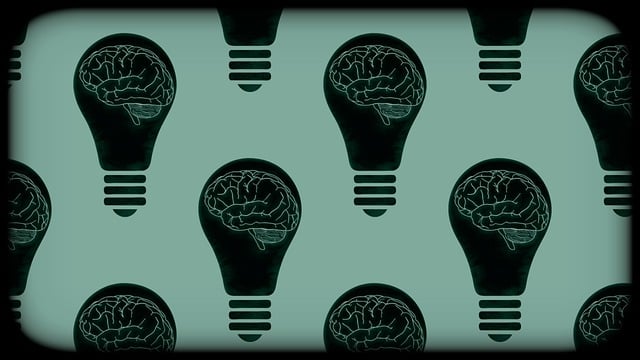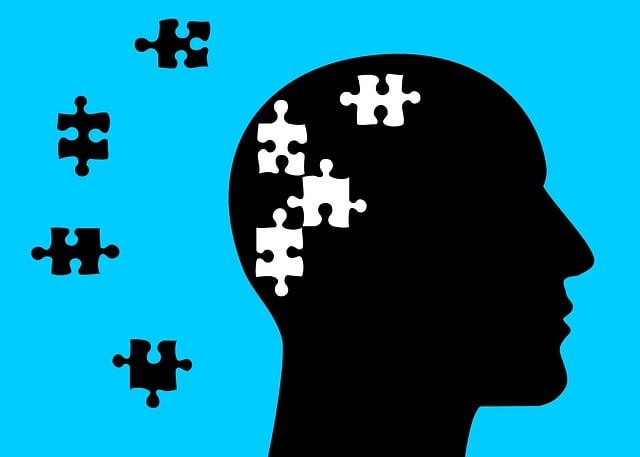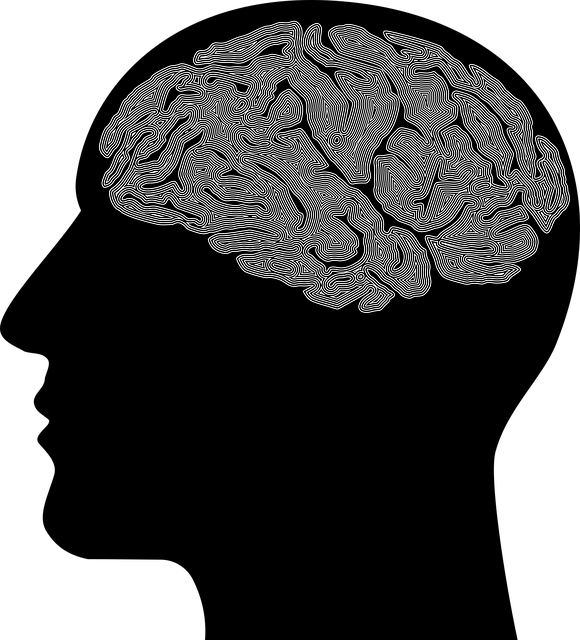Understanding Mental Health Data is crucial for navigating and improving mental wellness, especially for vulnerable populations like young adults with a history of child abuse. Collecting data through surveys, clinical assessments, and digital platforms helps track mood and behavior. Ethical practices, including anonymization and informed consent, are vital for sensitive information. Analyzing therapy outcomes identifies successful interventions and informs tailored Mental Health Education Programs. Advanced statistical methods reveal trends between therapy types and factors like childhood abuse, guiding prevention strategies and policy development. A multi-faceted approach, including tailored therapy, community outreach, peer support, cultural competency training, and strong therapeutic alliances, enhances mental health services for at-risk young adults.
Mental health data analysis is a powerful tool for understanding and improving therapeutic interventions. This article explores various aspects of this process, focusing on how it can benefit vulnerable populations like young adults with a history of child abuse. We delve into the collection and preparation of mental health data, analyze therapy outcomes, interpret behavioral trends, and discuss strategies to enhance services for at-risk individuals. By understanding these patterns, we can tailor effective treatment approaches for better mental well-being.
- Understanding Mental Health Data: Collection and Preparation
- Analyzing Therapy Outcomes for Young Adults with a History of Child Abuse
- Interpreting Patterns and Trends in Behavioral Data
- Strategies for Improving Mental Health Services for At-Risk Populations
Understanding Mental Health Data: Collection and Preparation

Understanding Mental Health Data is a pivotal step in navigating the complex landscape of mental wellness. Collecting data involves various methods such as surveys, clinical assessments, and digital platforms that track mood and behavior. When analyzing this data, it’s crucial to consider the context and ensure ethical practices. For instance, when dealing with sensitive information like therapy for young adults or child abuse, anonymization and informed consent become paramount.
Preparation of mental health data includes cleaning, organizing, and structuring it in a way that facilitates meaningful interpretation. This process often involves integrating data from different sources and ensuring consistency. A comprehensive Mental Health Policy Analysis and Advocacy approach can help identify trends and gaps in available services, such as Trauma Support Services for individuals facing adverse childhood experiences. Effective Stress Management strategies, informed by thorough data analysis, can lead to better-tailored interventions and improved overall mental health outcomes.
Analyzing Therapy Outcomes for Young Adults with a History of Child Abuse

Analyzing Therapy Outcomes for Young Adults with a History of Child Abuse is a critical aspect of understanding the effectiveness of various therapeutic interventions. This segment delves into the significance of such analysis, especially in the context of mental health services designed for young adults who have experienced childhood abuse. By examining therapy outcomes, researchers and practitioners can gain valuable insights into what strategies work best to address complex psychological issues stemming from trauma.
The process involves meticulously tracking key metrics before, during, and after treatment. This includes assessing improvements in emotional regulation, positive thinking, and overall mental health well-being. Such data not only helps in evaluating the success of individual therapy programs but also informs the design of Mental Health Education Programs tailored to this specific demographic. Ultimately, understanding these outcomes is crucial for fostering effective support systems and enhancing recovery journeys for young adults navigating the aftermath of child abuse.
Interpreting Patterns and Trends in Behavioral Data

In the realm of mental health data analysis, patterns and trends within behavioral data offer valuable insights into populations’ well-being. By employing advanced statistical methods, researchers can uncover hidden correlations between various factors such as therapy types (including mindfulness meditation), childhood experiences like abuse, and their impact on long-term mental health outcomes. For instance, analyzing trends in young adults seeking therapy reveals distinct patterns based on previous exposure to trauma, offering crucial information for tailored interventions and risk assessment (as undertaken by mental health professionals).
Through meticulous interpretation, these data can guide the development of effective programs and policies. Understanding the relationship between early adversities, such as child abuse, and later behavioral issues is essential in designing prevention strategies. Moreover, exploring trends in therapy preferences, like mindfulness meditation, helps in promoting evidence-based practices, enhancing access to care, and fostering mind over matter principles among vulnerable populations.
Strategies for Improving Mental Health Services for At-Risk Populations

Improving mental health services for at-risk populations requires a multi-faceted approach that addresses specific needs and barriers unique to each community. For young adults, therapy can be particularly effective when tailored to their developmental stage and cultural context. Implementing community outreach programs that utilize peer support and creative engagement strategies can help destigmatize mental health care and encourage early intervention. Empathy building strategies among healthcare providers are crucial in fostering strong therapeutic alliances, which can significantly impact treatment adherence and outcomes.
Additionally, training healthcare providers on cultural competency ensures that at-risk individuals receive culturally sensitive care. This includes an understanding of the trauma associated with child abuse and other adverse experiences, allowing providers to create safe, supportive environments that respect diverse beliefs and values. By combining these strategies, mental health services can be more effective in reaching and supporting those who need them most.
Mental health data analysis plays a pivotal role in enhancing our understanding of complex issues like therapy outcomes for young adults with a history of child abuse. By interpreting patterns and trends in behavioral data, we can develop targeted strategies to improve mental health services for at-risk populations. This article has explored key aspects, from data collection and preparation to advanced analysis techniques, offering valuable insights that underscore the importance of rigorous data analysis in optimizing mental healthcare approaches for vulnerable individuals.














